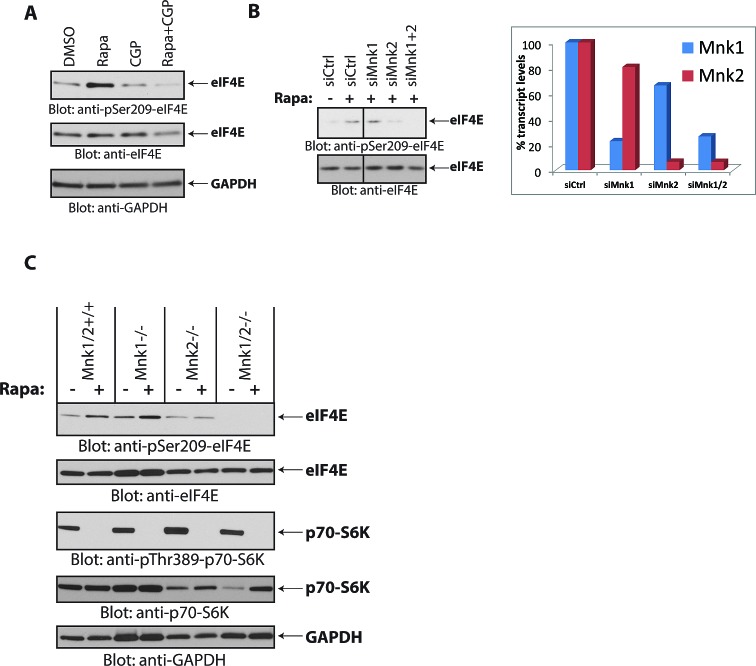Figure 4. Mnk2 is required for rapamycin-induced eIF4E phosphorylation.
(A) Daoy cells were treated with rapamycin (20 nM) and/or CGP57380 (10 μM) for 90 min. Equal amounts of protein were processed by immunoblotting using antibodies for the phosphorylated form of eIF4E (pSer-209) or GAPDH. The membrane was stripped and reprobed with an antibody for eIF4E. (B) (Left) Daoy cells were transfected with control, Mnk1, Mnk2 and Mnk1+Mnk2 siRNAs. After 48 hours, cells were treated with rapamycin (20 nM) for 90 min, as indicated. Cell lysates were resolved by SDS-PAGE and immunoblotted with antibodies against the phosphorylated form of eIF4E (pSer-209). The same membrane was stripped and reprobed with an antibody for eIF4E. (Right) mRNA expression of Mnk1 and Mnk2 genes from cells transfected with the indicated siRNAs from the same experiment shown on the left panel, was assessed by quantitative RT-PCR in triplicates, using GAPDH for normalization. Data are expressed as percentages of control siRNA transfected cells. (C) Mnk1/2+/+, Mnk1-/-, Mnk2-/- and Mnk1/2-/- (DKO) MEFs were treated with rapamycin (20 nM) for 90 min. Equal amounts of protein were resolved by SDS-PAGE and immunoblotted with antibodies against phosphorylated eIF4E (pSer-209) or p70-S6K (pThr-389). Membranes were stripped and reprobed with antibodies for eIF4E, p70-S6K and GAPDH.

